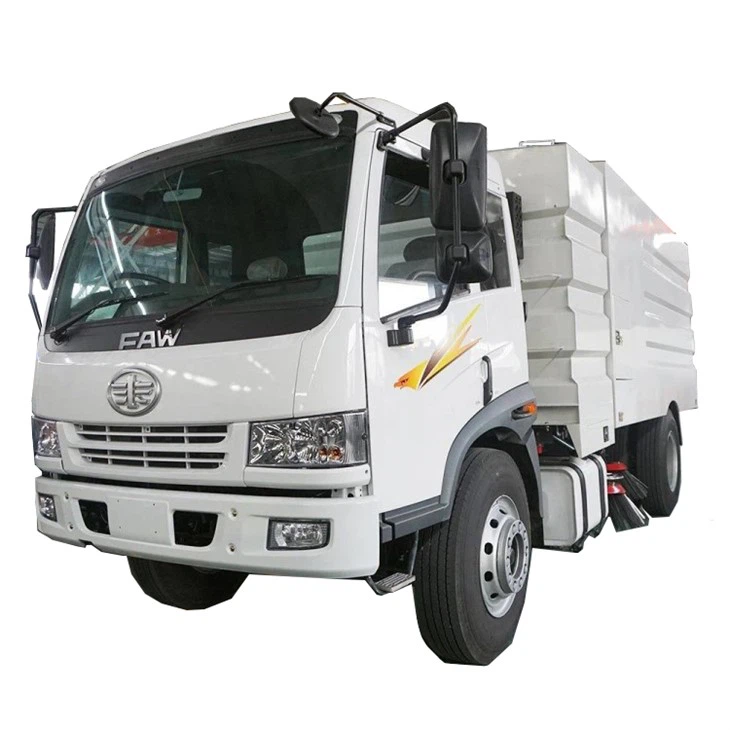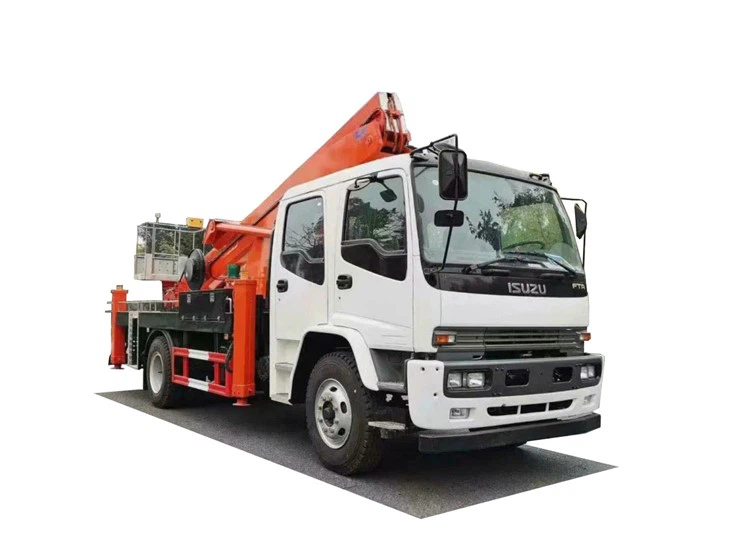Truck Chasse: An In-Depth Guide to Understanding and Choosing the Right Truck Chassis

Welcome to our comprehensive guide on truck chasse, where we delve into the anatomy, types, and considerations of truck chassis. Whether you’re a fleet manager, an individual interested in truck ownership, or simply curious, this article will equip you with the knowledge you need.
Understanding Truck Chasse
Truck chasse, also known as truck chassis, refers to the base frame of a truck, including the axles, tires, and everything underneath the body. It is the structural backbone that supports the engine, the cab, and the cargo area.
The Importance of the Chassis in Trucks
The truck chassis is crucial as it determines the truck’s stability, strength, and load-bearing capacity. A well-designed chassis enhances performance, fuel efficiency, and safety. Understanding the different types of truck chassis can help in making informed decisions when purchasing or operating a truck.
Types of Truck Chasse
There are various types of truck chassis, each serving different needs and functions. Here are the main categories:
1. Conventional Chassis
Conventional chassis are designed with a separate cab and cargo area. This setup is common in long-haul trucks. The distinct separation allows for more flexibility in cargo design and can be easily customized based on specific needs.
2. Cab-Over Chassis
Cab-over chassis feature a cab that is positioned over the engine. This design maximizes cargo space and makes the truck more maneuverable, especially in urban areas. However, it may come with a trade-off in comfort for the driver.
3. Flatbed Chassis
Flatbed chassis are characterized by their flat and open cargo area. They are ideal for carrying large or unusually shaped loads, such as construction materials and heavy machinery. This configuration allows for easy loading from all sides.
4. Box Chassis
Box chassis are designed for transporting goods within a contained space, ideal for delivery trucks. The enclosed design protects cargo from the elements and theft. They can also come in various sizes to accommodate different delivery needs.
5. Specialty Chassis

Specialty chassis are custom-designed for specific applications, such as ambulances, food trucks, or tow trucks. These chassis often include additional features that cater to the unique requirements of their intended use.
Key Components of a Truck Chasse
Understanding the key components of a truck chassis can provide insights into its performance and durability. Here are the primary elements:
1. Frame
The chassis frame is the structural foundation of the truck. It is typically made from heavy-duty steel or aluminum, ensuring strength and durability under heavy loads.
2. Axles
Truck axles are critical components that support the truck’s weight and allow for movement. They come in various configurations, including single and tandem axles, with each type serving different load and performance needs.
3. Suspension System

The suspension system connects the chassis to the wheels and is responsible for absorbing shocks and providing stability during rides. Heavy-duty suspension is essential for trucks to handle rough terrains and heavy loads.
4. Wheels and Tires
Truck wheels and tires are fundamental for traction and stability. The right size and type of tires can drastically impact a truck’s performance, especially under load. Choosing the correct tire for your chassis is crucial.
5. Powertrain
The powertrain consists of the engine, transmission, and drivetrain. It is responsible for propelling the truck. The type of powertrain chosen can affect fuel efficiency and performance capabilities.
Choosing the Right Truck Chasse
Selecting the appropriate truck chassis is vital to ensure that the truck meets operational demands and efficiency. Follow these tips to help make your decision:
1. Understand Your Needs
Analyze the primary purpose of your truck. Will it be used for transporting goods, moving heavy machinery, or specialized functions? Understanding your needs can guide you in selecting the right chassis type.
2. Evaluate Load Capacity
Different types of chassis have varying load capacities. Ensure that the chassis you choose can handle your expected loads without compromising safety and efficiency.
3. Consider Maneuverability
If you are primarily driving in urban environments, a cab-over chassis may be more suitable than a conventional chassis, providing better maneuverability in tight spaces.
4. Look for Customization Options
Various truck chassis offer customization options. If you have specific requirements, consider a chassis that can accommodate additional features or modifications.
5. Assess Maintenance Needs
Different chassis types may have varying maintenance requirements. Understand these needs and consider how maintenance might affect your operational costs over time.
Practical Examples of Truck Chasse in Use
Here are some practical examples illustrating the use of various truck chassis:
1. Delivery Services
In delivery services, box chassis are commonly used due to their enclosed cargo space, protecting goods and facilitating multi-stop deliveries efficiently.
2. Construction Sites
Flatbed chassis are frequently employed in construction settings, allowing for the transport of heavy and oversized materials such as steel beams and large construction equipment.
3. Waste Management
Specialty chassis, like garbage trucks and recycling trucks, are designed specifically to accommodate waste management requirements, including compactors and hydraulic systems.
4. Food Industry
Mobile food trucks typically use specialized chassis designed to support cooking facilities, generators, and storage equipment, allowing for food preparation on the go.
The Future of Truck Chasse Technology
The trucking industry is continuously evolving, with advancements in technology improving chassis design and performance. Here are some current trends:
1. Lightweight Materials
Manufacturers are increasingly using lightweight materials, such as high-strength steel and aluminum alloys, to reduce overall vehicle weight, improving fuel efficiency and reducing emissions.
2. Electrification
The rise of electric trucks is changing chassis designs to accommodate electric drivetrains and batteries. Companies are investing in designing specialized chassis layouts that maximize efficiency in electric vehicles.
3. Enhanced Suspension Systems
New technologies in suspension systems are being developed to improve ride quality, stability, and safety for drivers, adapting to various road conditions more effectively.
Common Myths About Truck Chasse
1. All Chassis Are the Same
This is false. Truck chassis vary significantly in design, capacity, and application. Understanding these differences is crucial when choosing a truck.
2. More Axles Equals More Power
While more axles can aid in carrying heavier loads, it does not automatically confer more power. The engine’s performance and torque are what determine a truck’s power.
3. Only Weight Matters
Although weight capacity is critical, other factors like maneuverability, tire type, and chassis design play equally important roles in a truck’s performance and suitability for specific tasks.
Frequently Asked Questions (FAQ)
1. What factors should I consider when selecting a truck chassis?
You should consider the intended use, load capacity, maneuverability, maintenance requirements, and customization options.
2. How do I determine the load capacity of a truck chassis?
The load capacity is usually indicated by the manufacturer in the specifications. It includes the maximum weight the chassis can safely carry.
3. Are there trucks specifically designed for urban delivery?
Yes, cab-over chassis and box chassis are designed for urban delivery to maximize cargo space and improve maneuverability through narrow streets.
4. What is the difference between a conventional and a cab-over chassis?
A conventional chassis has a separate cab and cargo area, while a cab-over chassis has the cab positioned over the engine, maximizing cargo space.
5. Can I customize my truck chassis for specific needs?

Yes, many manufacturers offer customization options for their truck chassis to suit specific operational demands or industry requirements.
6. Is it worth investing in technology like lighter materials for truck chassis?
Yes, investing in lighter materials can improve fuel efficiency and reduce emissions, leading to cost savings over the vehicle’s lifespan.
